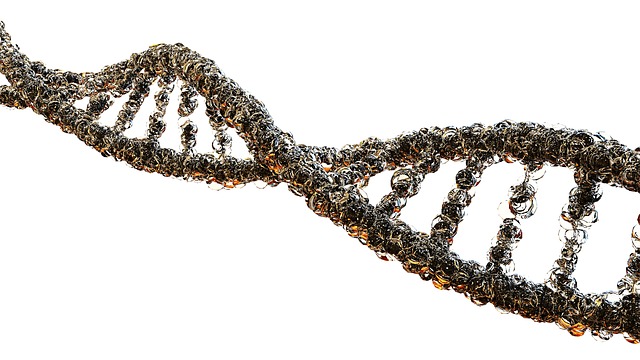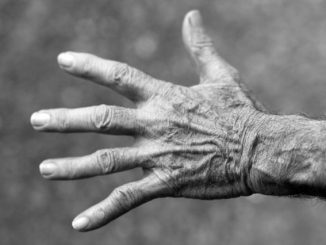
In recent years, the field of longevity research has been electrified by a groundbreaking approach known as “partial reprogramming” or “epigenetic rejuvenation.” This innovative paradigm has captured the imagination of scientists, entrepreneurs, and investors alike, with billion-dollar companies like Altos Labs dedicating their resources to unlocking its potential.
Visionary investors such as Sam Altman, Brian Armstrong, and Yuri Milner have thrown their support behind this promising technology, sensing its potential to revolutionize our understanding of aging and possibly extend human healthspan.
But what exactly is partial reprogramming, and why has it generated such excitement in the longevity field?
To understand this concept, we need to delve into the world of cellular biology and the groundbreaking work of Shinya Yamanaka, who won the Nobel Prize for his discovery of induced pluripotent stem cells (iPSCs). Yamanaka identified four genes, now known as the Yamanaka factors, that can reset mature cells to an embryonic-like state. This process, called cellular reprogramming, essentially turns back the biological clock of the cell.
However, full cellular reprogramming, while fascinating, isn’t practical for anti-aging purposes in living organisms – it would essentially revert adult cells to an embryonic state, disrupting their specialized functions. This is where partial reprogramming comes in.
Partial reprogramming aims to harness the rejuvenating effects of the Yamanaka factors without fully erasing cellular identity. The goal is to reset certain aspects of cellular age – particularly epigenetic markers – while maintaining the cell’s specialized functions. This approach could potentially rejuvenate tissues and organs without the risk of tumor formation associated with full reprogramming.
Yuri Deigin, CEO of Youthereum Genetics, provides an illuminating explanation of this process. He draws a fascinating parallel between partial reprogramming and the natural rejuvenation that occurs during reproduction.
🧬🔬 What exactly is this rejuvenation paradigm called “partial reprogramming” or “epigenetic rejuvenation” that has taken the longevity field by storm in the past few years with billion-dollar companies like @altos_labs dedicated to it, and visionary investors like @sama,… pic.twitter.com/BntKJ8zSLV
— Yuri Deigin (@ydeigin) July 22, 2024
When a new life begins, the aged egg cell and sperm undergo a remarkable transformation. Despite starting from cells as old as the parents, the resulting embryo is, biologically speaking, brand new. This process, known as germline reset of aging, effectively wipes clean the age-related changes accumulated in the parental cells.
Partial reprogramming seeks to mimic this natural rejuvenation process in somatic (body) cells. By carefully controlling the expression of Yamanaka factors, scientists hope to induce a similar reset in adult cells, effectively rejuvenating them without losing their specialized functions.
The potential implications of this technology are staggering. If successful, partial reprogramming could lead to therapies that reverse age-related decline in various tissues and organs.
Imagine treatments that could rejuvenate failing hearts, restore cognitive function in aging brains, or regenerate deteriorating joints. The possibilities extend far beyond merely extending lifespan – this technology holds the promise of extending healthspan, allowing people to remain vibrant and healthy well into advanced age.
However, it’s important to note that while the concept is extremely promising, it’s still in the early stages of research. Significant challenges remain in translating this technology from laboratory experiments to safe and effective human therapies. Questions about the long-term effects, potential risks, and optimal methods for delivering this treatment in complex organisms are still being explored.
Despite these challenges, the potential of partial reprogramming has sparked a new gold rush in the biotech world. Companies like Altos Labs are investing heavily in this technology, attracting top talent and resources to push the boundaries of what’s possible in rejuvenation biology.
As we stand on the brink of this new frontier in longevity research, it’s clear that partial reprogramming represents one of the most exciting and potentially transformative approaches to combating aging.
While the road ahead is long and complex, the promise of being able to reset our biological clocks offers a tantalizing glimpse into a future where age may truly become just a number.
- Bulenox: Get 45% to 91% OFF ... Use Discount Code: UNO
- Risk Our Money Not Yours | Get 50% to 90% OFF ... Use Discount Code: MMBVBKSM
Disclaimer: This page contains affiliate links. If you choose to make a purchase after clicking a link, we may receive a commission at no additional cost to you. Thank you for your support!



Leave a Reply